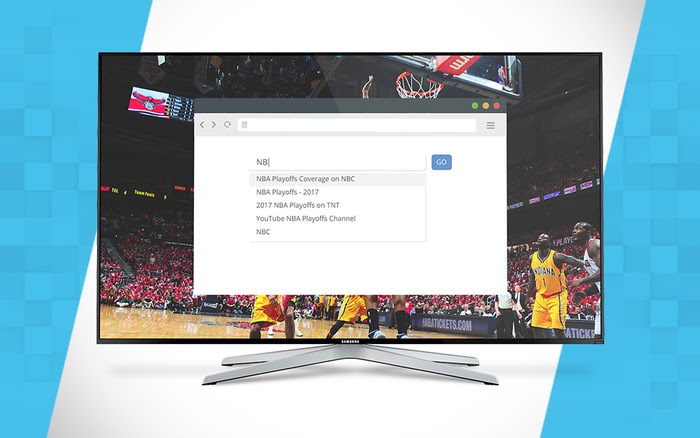Facts About Apollo Group Tv Revealed
Facts About Apollo Group Tv Revealed
Blog Article
Little Known Facts About Apollo Group Tv.
Table of ContentsNot known Facts About Apollo Group TvApollo Group Tv Things To Know Before You BuyThe Of Apollo Group TvFacts About Apollo Group Tv Revealed
In this scenario, instead of having three-minute business spots throughout a 30-minute television program, television programming might transform to one where a customer will certainly be required to have a regular monthly registration, so that they cen view targeted banner ads. This kind of advertising and marketing currently occurs on the web, and the quantity of information television business gather enables them to do a lot the exact same.Define the significant patterns amongst the broadcasting and wire networks. Popular radio reveals such as authorities drama Dragnet and western cowboy collection Gunsmoke were adapted for tv, and new TV programs were sponsored by single advertisers, simply as radio shows had actually been.
Today, the television industry is much more complex. Programs are funded by multiple marketers; programs is managed by significant media empires; and the three significant networks no longer control the airwaves yet instead share their visitors with many cord networks. Several aspects account for these patterns within the sector, including technical advancements, government regulations, and the production of new networks.

The smart Trick of Apollo Group Tv That Nobody is Discussing
Also public tv has become based on the impact of advertising and marketing. Established in 1969, (PBS) created out of a report by the Carnegie Payment on Educational Television, which examined the function of educational, noncommercial tv on society. The report advised that the government finance public tv in order to offer variety of programming during the network eraa solution created "not to offer items" but to "improve citizenship and civil service (McCauley, 2003)." Public television was additionally intended to supply global access to television for viewers in country locations or audiences that could not pay for to spend for personal tv solutions.
The period between 1950 and 1970 is traditionally identified as the. Besides a tiny portion of airtime controlled by public television, the three major networks (called the Big Three) dominated the television market, jointly making up even more than 95 percent of prime-time watching. In 1986, Rupert Murdoch, the head of international firm News Corp, launched the Fox network, challenging the prominence of the Big Three.
Targeting young and minority target markets with programs such as Buffy the Vampire Killer, Moesha, Dawson's Creek, and The Wayans Bros., the new networks wished to attract terminals far from their old network affiliations. Nonetheless, instead of repeating the success of Fox, UPN and WB struggled to make an impact. Incapable to draw in lots of associate stations, both fledgling networks reached less houses than their bigger competitors since they were impossible in some smaller cities.
This decision led the way for the growth of cord motion picture channels, adding to the exponential development of cord in the 1980s and 1990s. apollo group tv. Further deregulation of wire in the 1984 Wire Communications Policy Act removed constraints on cable television rates, enabling drivers to charge what they desired for cord services as long as there was effective competitors to the service (a important source criterion that over 90 percent of all wire markets might meet)
Apollo Group Tv Fundamentals Explained

Having produced the very first "superstation," Turner broadened his world by starting 24-hour information network CNN in 1980. At the end of the year, 28 nationwide shows solutions were available, and the cable revolution had begun. Over the following years, the industry undertook a period of rapid development and appeal, and by 1994 viewers might select from 94 standard and 20 costs cord solutions.
Figure 9 - https://www.awwwards.com/apollogtv01/.16 Raised competition from cord networks has actually caused a stable decrease in the networks' target market rankings. Throughout the 1950s, the cost of creating a single tv program raised as shows became longer and production expenses skyrocketed. Sponsorship on network tv changed from solitary sponsorship, in which a program was entirely supported and produced by one advertiser, to multiple sponsorship, in which advertisers purchased 1- or 2-minute areas on the program
Select one of the Big Four networks and print out its weekly programming timetable. See the network's prime-time programs over the training course of a week, keeping in mind the target market for each show.
Apollo Group Tv - An Overview

Linear TV, typically described as standard program television, incorporates cable and satellite television. It's called "linear" because content follows a predetermined programs routine, unlike on-demand material which the private visitor determines to view based on their own preferences and schedule. So, when you ask, "What is linear TV?", think about it as the classic means of seeing television that has actually been around for years.
Report this page